Decarbonizing
Construction
Processes
Introducing zero-carbon natural building materials, including wood, to circular economy in the construction sector.
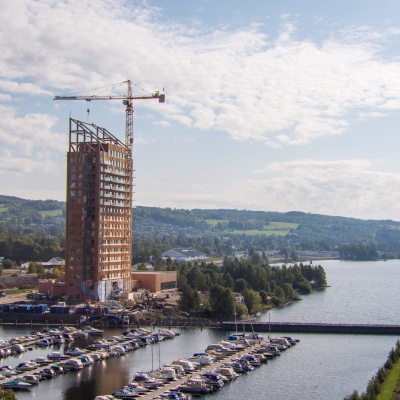
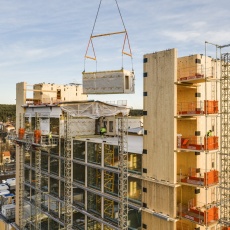
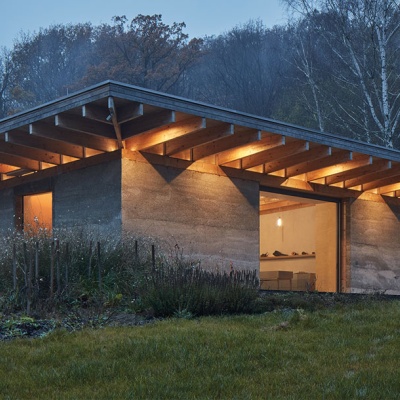
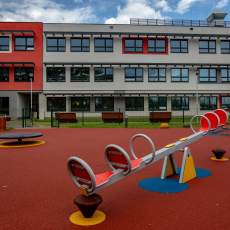
News

“Decarbonizing construction processes”: climate-friendly construction is possible today
Many solutions in the field of natural construction are already at our fingertips – not only for individual enthusiasts, but also for large-scale housing and public construction – this is the most important conclusion from the meeting summarizing the “Decarbonizing construction processes” project.

Let us decarbonize construction today – solutions are readily available
The “Decarbonizing construction processes” project is entering its culminating phase – soon its effects will be presented at national construction fairs in Łódź (InterDOM) and Lublin (LUBDOM). Moreover, the planned fire tests of natural materials, as well as work on reports and other documents created as part of the project are being completed. All this so that the use of natural construction materials and technologies becomes much more widespread than it is now.
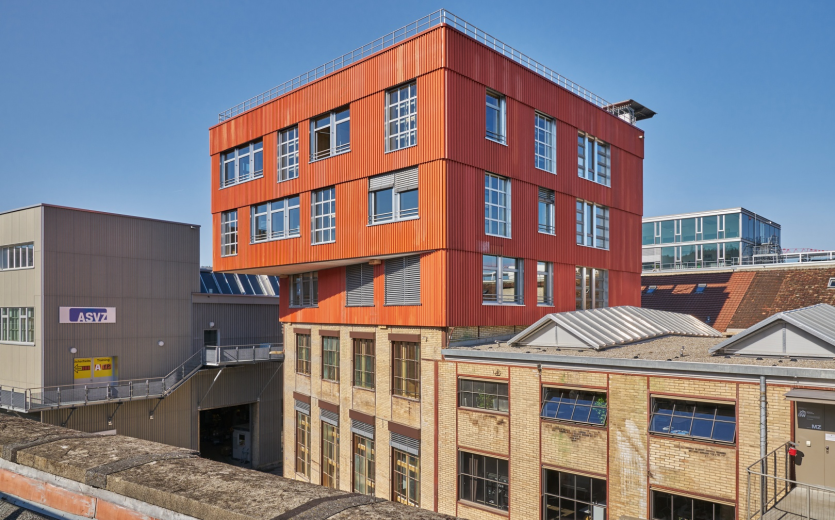
Switzerland: don’t demolish, just dismantle and reuse
Windows, stone cladding, even girders and other steel elements from dismantled buildings, can be reused to very good effect. Structures constructed in this way will both have a significantly lower carbon footprint and serve as examples of elegant and compelling architecture.
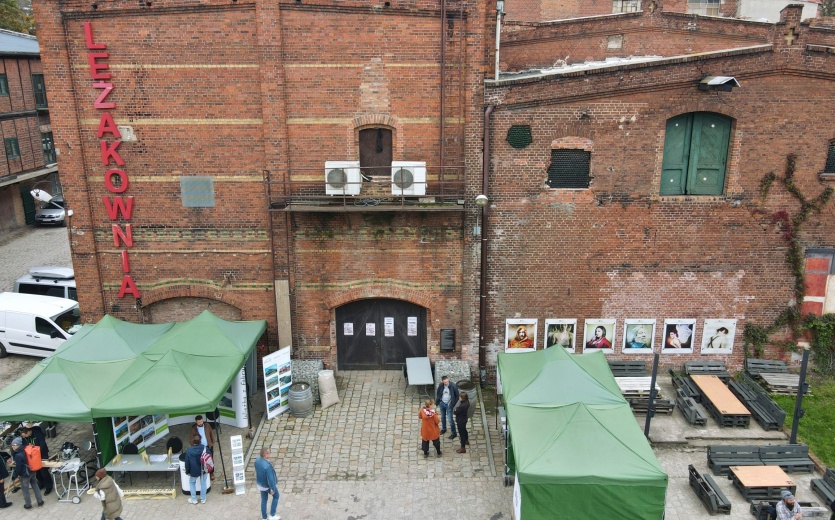
Natural Building Festival – or you too can build a house from clay and hemp
Today, houses of natural materials are not manually assembled shacks with a dirt floor – they are astounding feats of architecture: energy-efficient, thoroughly modern, and compliant with the principles of circular economy.
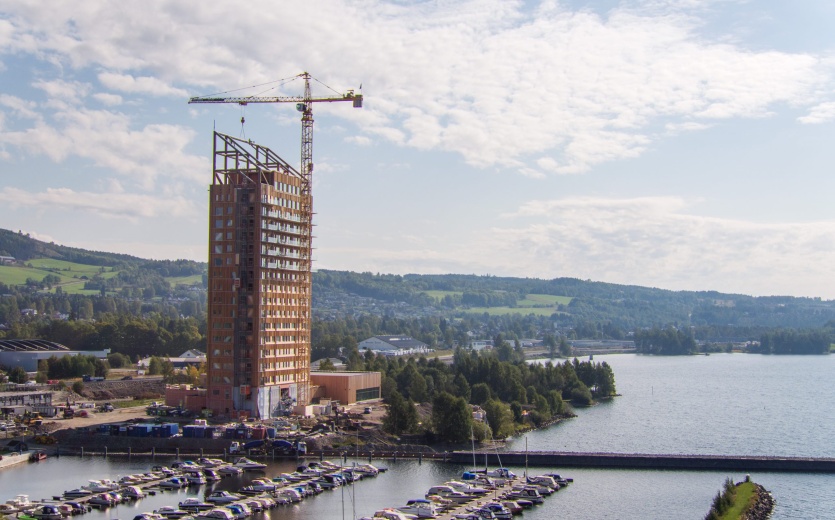
Timber buildings reach for the clouds
Timber as the future of construction? Sounds intriguing – and it turns out that this may actually be the case. Buildings made of this material are definitely more environmentally friendly than structures made of cement, concrete and steel. They are healthier and more convenient to use, as well as faster to build.
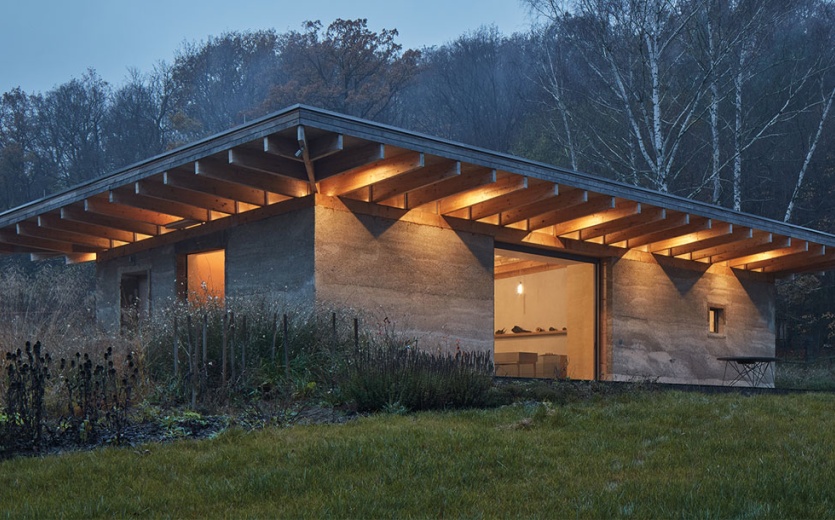
Naturally, it pays!
In addition to their small carbon footprint, timber and other natural materials such as hempcrete, straw, etc., have another significant advantage today – they provide good or very good thermal insulation. Natural construction is a great basis for building a passive house, i.e. one that does not consume external energy on annual balance.